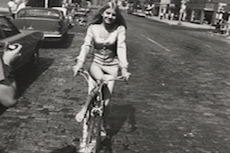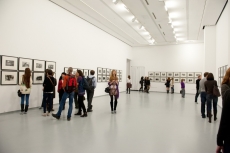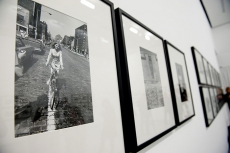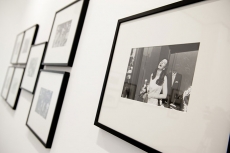Women are Beautiful
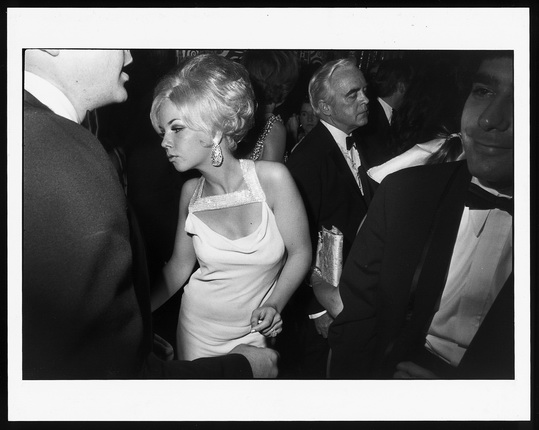
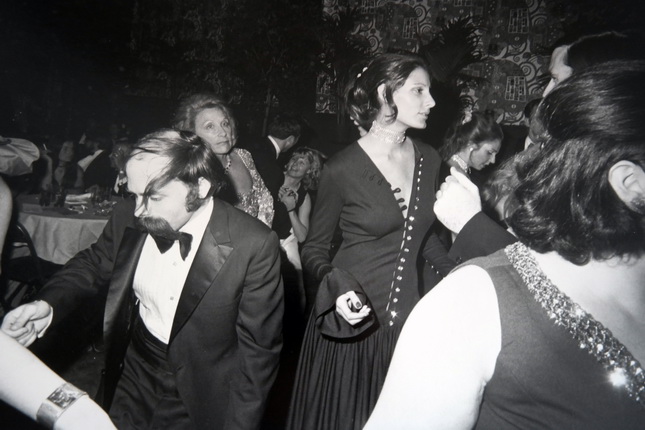
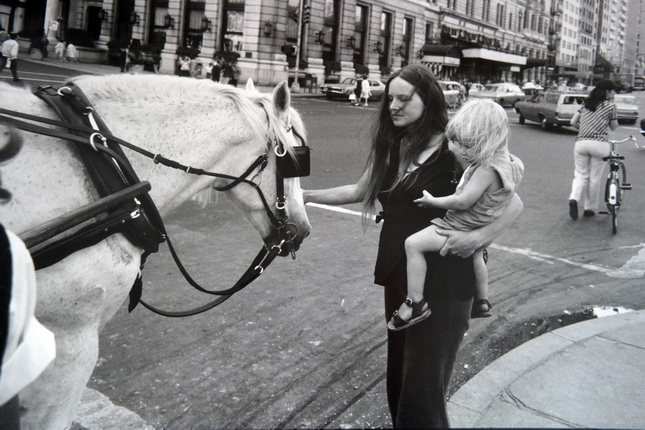
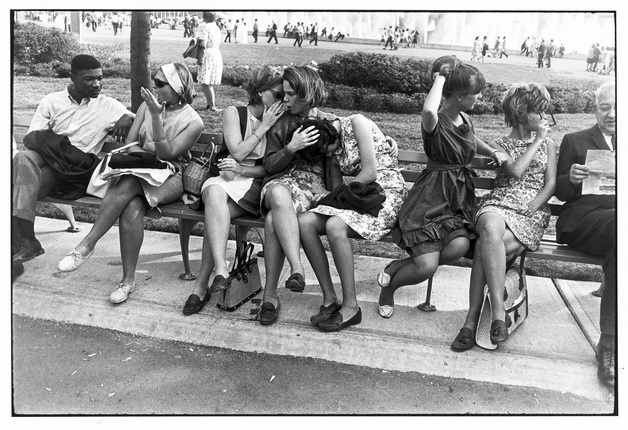
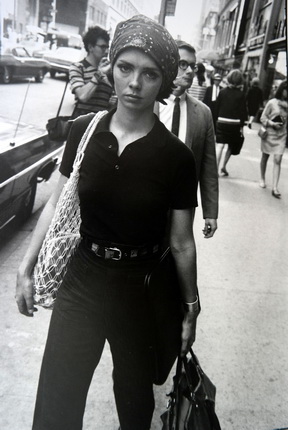
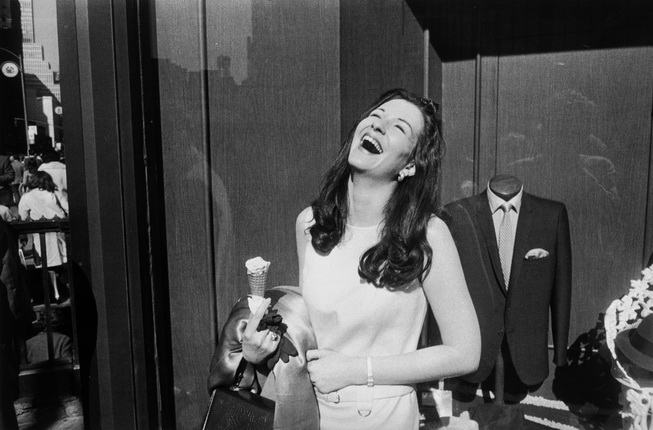
© Garry Winogrand
© Garry Winogrand
© Garry Winogrand
© Garry Winogrand
© Garry Winogrand
© Garry Winogrand
Moscow, 19.02.2014—23.03.2014
exhibition is over
Share with friends
Curator: Lola Garrido
Lola Garrido's collection
For the press
A passion for photographing women
Beautiful and free, that was how New York photographer Winogrand portrayed women. In a decade of revolutions — the sixties — these women made their presence felt, sensing the importance of their sex for the first time. The series ’Women Are Beautiful’ is a valuable retrospective for understanding an era.
«When I’ve seen an attractive woman, I’ve done my best to photograph her.» Garry Winogrand (1928-1984), one of the great American photographers, was just like that — direct and honest. The ’prince of the streets’, as his friends nicknamed him, eluded studios, flashes and fabricated scenes, opting instead for direct contact with reality. His series of portraits assembled in the series Women Are Beautiful is a direct testament to those American women that broke away from restraints and defied the world in the sixties.
He was born and raised in the Bronx, briefly enrolled in the army and studied art at Columbia University, which was, however, put on the back burner when he was shown a darkroom by a friend of his. It was his first experience of the process of photography, and a discovery. «I never painted again», he would later say.
Beautiful, anonymous. Winogrand knew how to capture the change in attitude of society’s new woman
He became a compulsive reporter, influenced by Walker Evans and his portraits of real America, and took shots «to see how that thing looks photographed.» He exhibited three times at the Museum of Modern Art (MoMA), in New York, obtained two internships at the Guggenheim and was an excellent teacher at the Chicago Institute of Design and the University of Texas.
In 1950 illustrated magazines became ubiquitous. In the post-war market there was a demand for photojournalists, and Winogrand’s generation, a far cry from action and adventure photography, strived for authenticity. Proof of this can be seen in Winogrand’s women series, belonging to the collector Lola Garrido and exhibited for the first time at the Fundación Colectania, in Barcelona. «Inge Morath (photographer and wife of writer Arthur Miller) advised me to buy it. The portfolio of 85 photos went on sale in 1984 in San Francisco; it is many years of work on the streets of various cities: New York, San Francisco, Aspen... Winogrand knew how to portray what the change in women’s attitudes meant,» she insisted.
Women immortalised by Winogrand convey the joy of living, and reflect changing habits in a society that assimilated them without complexes. These women became the focal point, they marched with banners in favour of abortion, they threw their bras in the bin, cut their skirts and worked in professions previously only considered for men. In the Cold War years a new generation asked for progress; John F. Kennedy took office as the President of the United States and was the big hope; The Beatles’ I Want to Hold Your Hand went to the top of the charts in the USA; women signed up for the Feminist Movement, showing their bodies with no inhibition and savouring their freedom. Winogrand captured the pleasure gained from this conquest. «It’s not a report», Garrido said, «They are photos taken by chance. To make this series he took over 15,000 pictures. He looked for the gesture, then edited the photos.» Women Are Beautiful surfaced in 1975, with little success. Photographers and critics found the work inconsistent, yet it became a symbol; of an era, and a revolution. Winogrand began the work in 1960 — with the onset of the Vietnam War and the mark it left on North American society — and published it in 1975, with the fall of Saigon.
«I don’t know if all the women in the photographs are beautiful, but I do know that the women are beautiful in the photographs,» wrote Garry Winogrand in the foreword to his book. Those beautiful, anonymous women barely noticing a man with a wide-angle, pre-focused Leica, who took his shots without looking through the viewfinder, without framing. Winogrand observed, made out a beautiful girl with fine breasts and shot away. Women in New York avenues, laughing, smiling, lying down, with one leg raised, with gestures that had never been portrayed previously. «He’s one of the photographers that has done the most for women’s liberation,» Lola Garrido insisted. «The first to photograph women as they really are.»
John Szarkowski, the first director of the photography department at MoMA, deemed Garry Winogrand «the greatest of his era». Along with Diane Arbus and Lee Friedlander, he headed a new generation of photographers that endeavoured to know about life, not reform it. Or, as the painter Frank Stella said, «what you see is what you see», which is what Winogrand did through his diagonally framed style that closely resembled abstract expressionism.
Winogrand swung between optimism and melancholy; his first wife accused him of being egocentric, demanding and insensitive. It’s true to say that he lived for photography. «I felt it was my path and I held onto it. I need it desperately and nothing has ever separated me from photography». The year he published Women are Beautiful, in 1975, was not a good one for him: he gave up smoking, put on 15 kilos, and it was discovered that he had a thyroid problem. When he died, in 1984, he left over 300,000 rolls of undeveloped film in his studio, thousands of unclassified photos. A dignified end to his great passion.

